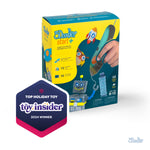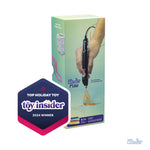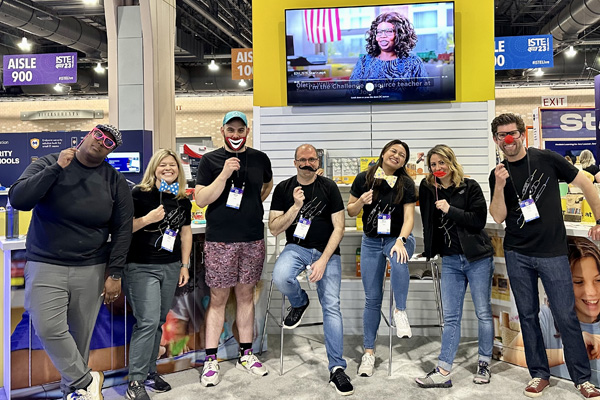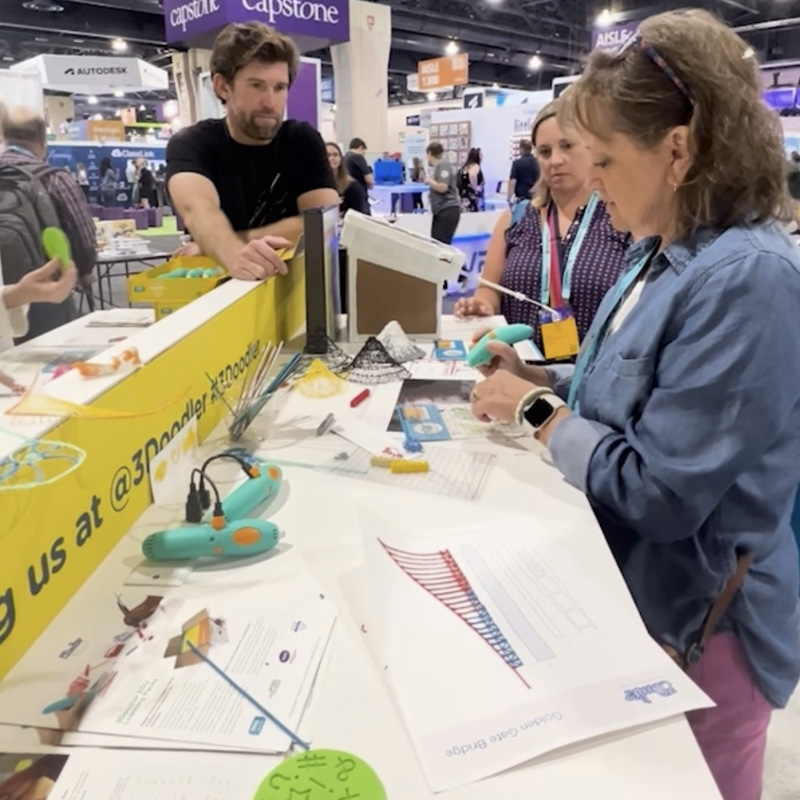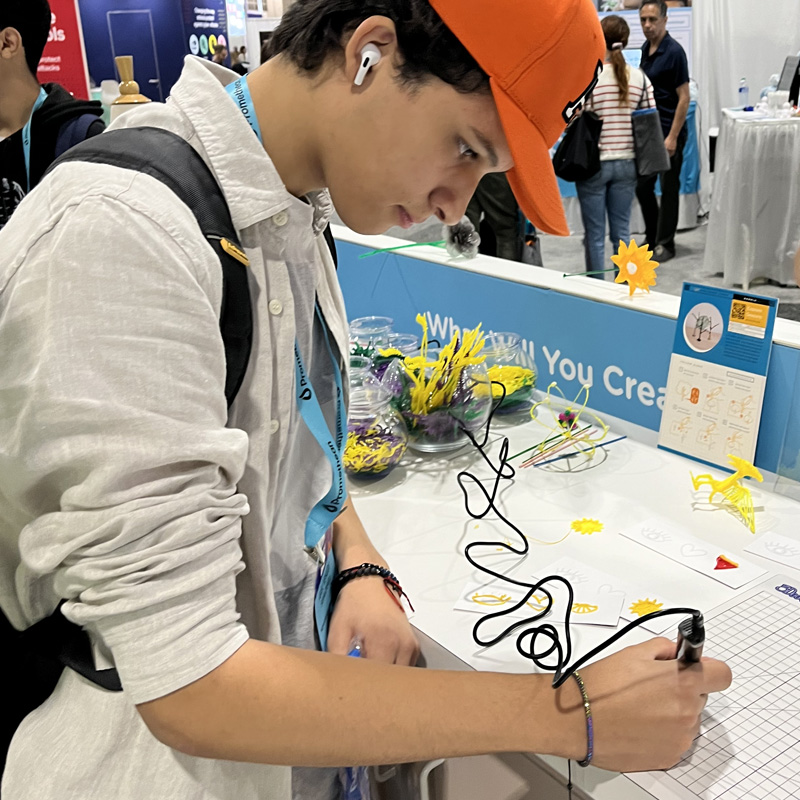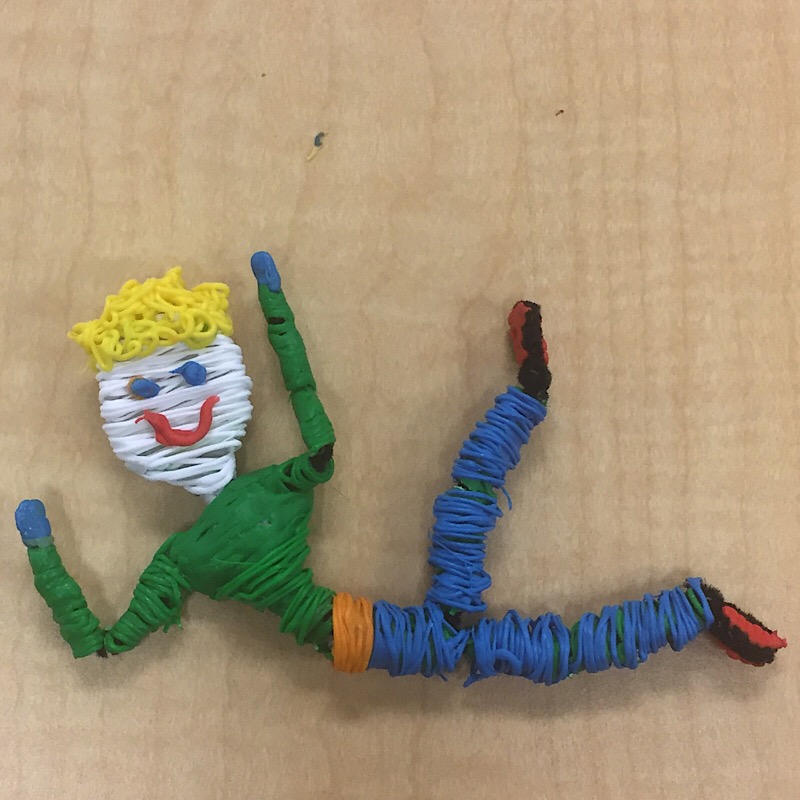What a week we had in Philadelphia! 3Doodler was thrilled to join educators from across the country and around the world at ISTE 2023.
This annual event pulls together the brightest minds in education. It offers educators a deep dive into areas that interest them, with solutions and ideas to make progress.
While discussion around AI unsurprisingly took center stage, the breakout sessions focused more on boosting accessibility, play, and collaboration in schools. Catch a brief overview of this year’s event here and read on for our key takeaways from the educators we met with and sessions we attended.
Accessibility & Social-Emotional Learning as a Priority
Educators continue to prioritize social-emotional learning in the classroom. The strategies they rely on encourage students to develop emotional intelligence, resilience, build empathy, and create positive relationships.
One classroom example for younger students included Build Me “Emotions” by Lego Education, enabling students to share their emotions through hands-on building and play. Older students may enjoy an opportunity to introduce themselves to their peers at the beginning of the year. This can be a small, but valuable step towards getting to know each other (and how to pronounce names!) while also building a classroom community.
Accessibility tools are a game changer for many students. Unique tools by Apple and Microsoft make learning much more approachable for various audiences, including built-in tools for those who need visual, hearing, cognitive, or mobility support.
Melissa Stark, a Special Education Teacher and Instructional Technology Coach in New York City’s Department of Education, shared these tools and other critical tips to make learning more accessible during her ISTE presentation.
Importance of Play
A common theme that emerged as the event progressed was the importance of play-based activities, especially given the last few years of disruption brought on by the pandemic and distance learning.
One glance around the ISTE Playground, and it was clear to see how play could boost learning outcomes. Gamification was a clear focus, which adds gamelike elements to increase motivation and engagement.
Teachers are creating interactive and immersive learning experiences and boosting play with a host of learning tools like Class VR, Book Creator, and KinderLab Robotics, to name a few.
Collaboration Through Industrial Design Labs & Makerspaces
Several educators we spoke with explained their role in organizing maker spaces, fab labs, and industrial design labs. No matter what it’s called in your school, these spaces and the people who lead them are incredible. They provide students with an area at school that offers a break from the pressure of strict academic work and allow for more creative, hands-on learning.
Johanna Marshall, a teacher at Ridley High School in Pennsylvania, shared a session with her students to explain how they took an outdated industrial design lab and transformed it into a welcoming, student-centered maker space where everyone could contribute.
Students formed a Girls Who Code club and worked collaboratively to create working mazes. Later in the year, students made functional interlocking stools that tested their skills.
Lessons shared for those looking to create their own maker space included starting where you and your students are, only accepting useful donations, buying equipment with product support, and asking for help when you need it.
Inspirational as always, ISTE 2023 was a great reminder for all of us to focus on what’s possible and to celebrate student achievement at every opportunity.
